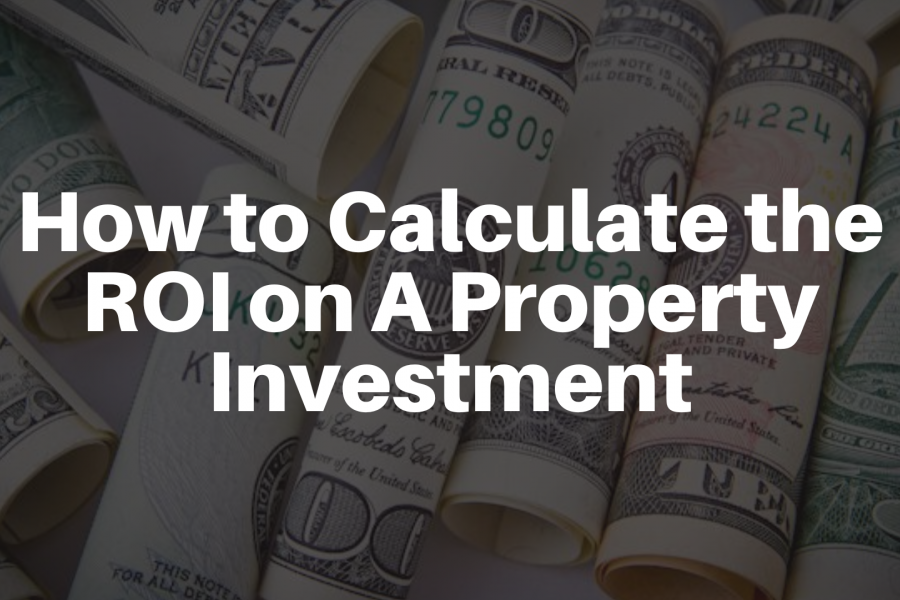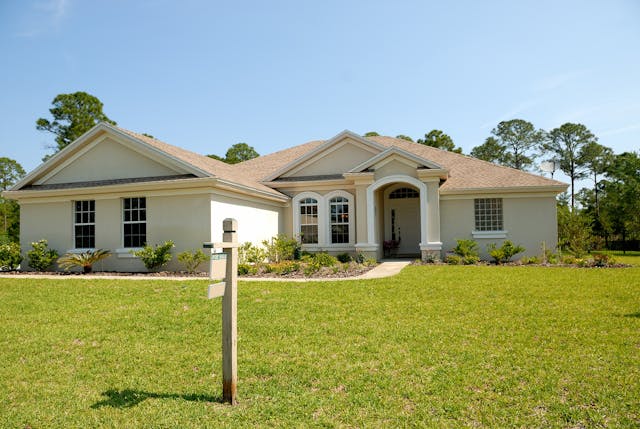How to Calculate the ROI on A Property Investment

Calculating the ROI on a property investment can help you know whether investing in a particular property will be worthwhile or not. No two property investments are ever the same. The return on investment (ROI) will vary depending on the type of investment property you choose to invest in.
Long-Term Rental Properties
A long-term rental property is one where a tenant stays from anywhere between 6 months and a year. Examples of long-term rental properties include residential homes, commercial buildings, and apartments.
With long-term rentals, you can expect a consistent income for the duration of the lease. After all, a lease agreement binds a tenant to their obligations for the entire lease duration.
The ideal ROI on long-term rentals ranges between 8- 12 percent. The exact figure will depend on various factors, including property location, prevailing market conditions, and management efficiency.
Short-Term Rental Properties
These are properties that are rented for relatively brief durations, typically less than 30 days. Landlords renting out short-term rentals often list them on platforms such as Airbnb and VRBO.
The average ROI on short-term rentals is 10 percent. However, this will vary depending on the season. During the peak season when short-term rentals are in high demand, the ROI can be as high as 20%. And during the low seasons, it can dip to up to 5%.
Just like with long-term rentals, the ROI on short-term rentals can vary based on a plethora of factors. Including, location and management efficiency.

How to Calculate the ROI on a Property Investment
To calculate the return on investment on a rental property, there are certain things you’ll need to look at. Such as the rental income, the cost of investment, and the operational costs. Such factors will have an overall impact on how high or low your ROI on a property investment will be.
Return on Investment (ROI)
This is the most basic calculation you can make as a new landlord. That said, you can still rely on it for a ballpark figure that can help you to quickly know whether an investment will be worthwhile or not.
To use the calculation, you’ll need to first figure out the expected rental income. Then, use the formula:
ROI = (Total Profits – Purchase Price) / (Purchase Price). Let’s say, for example, that you bought your property for $100,000 and made total profits amounting to $120,000. From the formula: ($120,000-$100,000) / 120,000 = 16.67%.
As you can see, this is a very basic formula for calculating ROI. The numbers it uses are fairly general and aren’t specific enough to provide an investor a clear idea of the ROI to expect.
For more specific and granular calculations, you should use either capitalization rate or Cash on Cash Return.
Capitalization Rate (Cap Rate)
This is a more reliable calculation that investors rely on when purchasing rental investments, and it’s more commonly used for commercial properties. It usually serves two purposes; you can use it to either calculate the expected ROI on a property investment or use it to compare against multiple investment opportunities.

That said, the Cap Rate formula isn’t the best to use on short-term rentals. This is because their value isn’t based on the unit’s income, rather it’s based on the closed comparable residential properties in the area.
For example, let’s say that you’re buying a property for $200,000. Other costs that you’re projecting to incur on the property include closing and remodeling costs, which amount to $11,500. Adding all of these costs together, your total investment would amount to $211,500.
Now, supposing that you’re projecting charging a monthly rent of $1,000, this would bring you an annual rental income of $12,000. Renting out a property, however, comes with certain operational expenses, such as insurance, taxes, property management, and repairs and maintenance. Suppose that these expenses sum up to $2,000.
Cap Rate = (Annual Rental Income – Operational Expenses) / Total Property Investment X 100%. ($12,000 - $2,000)/$211,500 X 100% = 4.73%.
Cash on Cash Return (CoC)
If you’re financing your rental investment using a mortgage, the Cash on Cash return calculation is ideal. This is the ratio of the annual net operating income and the total investment amount.
Again, suppose that you financed a $200,000 worth of investment property through a mortgage. You also put down a deposit of 20% (40,000) toward its purchase. Other initial costs included closing costs ($3,500) and remodeling costs ($10,000).

Your total investment cost would sum up to $53,500. There is also a monthly interest payment that comes with obtaining a mortgage loan. For the sake of this calculation, let’s assume it’s $1,000 per month. If you collect a monthly rent amount of $1,500 per month, your monthly cash flow would be $500 a month.
CoC = Annual Cash Flow / Total Cash Invested) X 100%. ($500X12)/ $53,500 X 100% = 11.2%. This would be your ROI for the property investment.
What is a Good Return for a Property Investment?
There is no straightforward answer to this age-old question. It simply depends on who you ask! Generally speaking, though, the typical ROI is about 15%.
To maximize your ROI, due diligence is key. Factors that influence ROI include location, property type, prevailing market conditions, and management efficiency. Other than these factors, you’ll also need to keep your operational costs low. Hiring a good property management company can help you in this regard.
Conclusion
Now you have the basics that go into calculating the ROI on a property investment. With this information, you should be able to invest in a profitable property that guarantees you a consistent cash flow every month.
For expert advice on rental property investments, look no further than Evolve Real Estate and Property Management. As a full-service brokerage company, we can help you with all your landlording needs. Get in touch to learn more!
